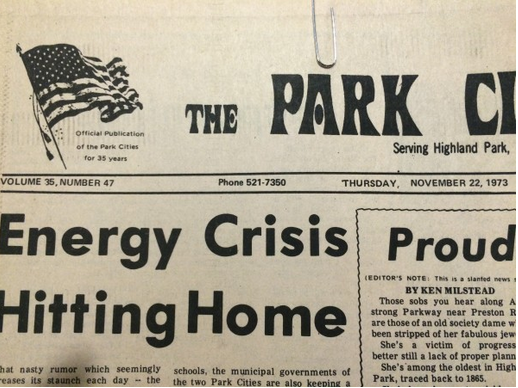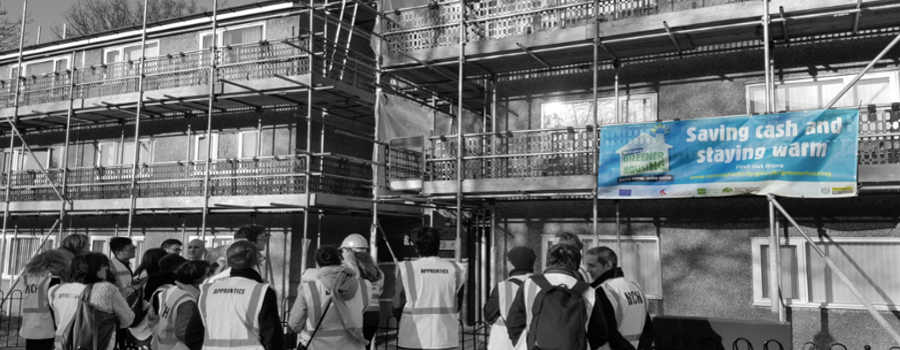I have tried my best to avoid starting this post with the awarded as the most-used-ever sentence in this sort of texts that states that “buildings account for a 40% of the energy consumption and the 36% of the GHG emissions” but the fact is that it is good starting point when writing about buildings and energy. To tell the truth, in this field, with the unsustainable energy consumption rates, CO2 and other contaminants emissions, and their still too low improvement trends, everyone knows that a 40% is much more than we can afford.

When searching for reasons, it is more than evident that there is a moment in which the architecture is somehow decontextualized; losing its connection with the environment and nature, and the so called “international” style defends architecture valid for every place, where machines solve all those aspects that have not been solved during the design. But in 1973 a reality check came, and an unprecedented crisis saw the first laws about energy and the first awareness campaigns were launched. Once the energy “free-for-all” was ended, it was time to think of how to reduce the energy consumption but without affecting comfort in all its levels.
In that moment, after the effects of the crisis, architecture had a great opportunity to self-reinvent and introduce into its principles (those from Vitrubio, Le Corbusier or whatever fundaments the design process of every architect) the energy efficiency. Sigfired Giedion (Space, Time, and Architecture, 1941) states that “architecture is intimately linked to the life of an age in all its aspects (…). When an age tries to hide, its actual nature will be transparent through its architecture”. Thus, in my humble opinion, the last quarter of the 20th Century will be characterised by a strange mix of three tendencies: a magazine architecture far from understanding that the energy sources are limited; the housing bubble (this bubble could be issue for more than one post), also far; and a third movement that looks behind to find the origin of the architecture and searching to be adapted to climate while taking advantage of the latest technical developments. The two first (and many other factors, let’s avoid putting the blame only on construction) made that the 73s crisis has reappeared –or perhaps it never went– into what we know today as “energy poverty”, that has been set up to affect sectors of society that didn’t seem to be that vulnerable in the gold years of the bubble.

And, being realistic, with a necessarily low tax of new construction, and with a building stock that suffers the consequences of the above, make that energy retrofitting is one of our best “weapons” in the fight against climate change while, at the same time, one of the main opportunities for the construction sector, so hardly penalised in the recent years. But the problem with this is found on the “agnosticism” that has been set up around energy savings, which still are not understood as an economic, social and environmental benefit. It is, thus, our responsibility (read here the technicians of the construction sector) to quantify and valorise these benefits so that financial institutions, public bodies, companies of the sector and specially users, demand energy efficiency in buildings not as an extra, but as a must.
In CARTIF we have been working during years in the sector of energy efficient retrofitting and, specially, in quantifying and valorising energy savings to make of them a guarantee both economic and social. Thus, projects like OptEEmAL, about which we have already talked in this blog, work capturing all the knowledge that we have generated these years when developing methodologies to evaluate these issues and offer tools that support this change of paradigm: from establishing approaches of collaborative work and risk sharing during the design and execution, to the support in the informed decision-making to all stakeholders involved through the use of modelling and simulation tools.
All in all, we only aim at recover the relevance of the energy efficiency as project mechanism in architecture, what could make Vitrubio reformulating its principles as firmitas, utilitas, venustas et navitas efficientum.
- Yes, you should put the blame on REMOURBAN - 29 August 2018
- ‘New old’ buildings: retrofitting and efficiency - 14 September 2017
- Smart Cities for an increasingly smaller planet - 5 December 2016
